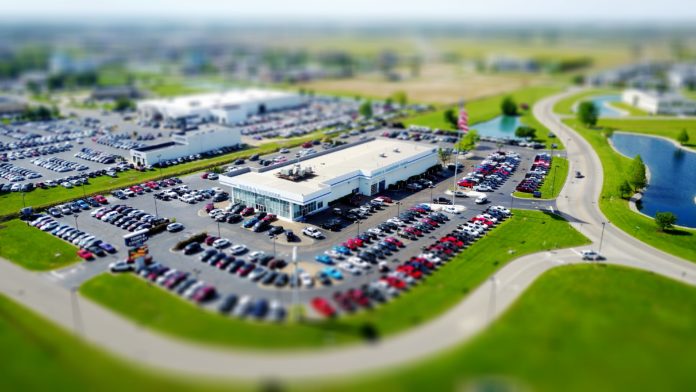
Most auto dealers realize there are changes coming in the way people purchase, lease, own and use vehicles, and that the tried-and-true business model for selling cars is likely to change as mobility increases. They also realize that they will have to adapt to survive.
This is according to part two of a three-part 2018 Cox Automotive Evolution of Mobility Study that found that dealers are optimistic that new mobility trends such as ride hailing, car sharing and car subscriptions will create new revenue opportunities for them and allow them to increase currently razor-thin profit margins. The data collected for the study were based on an online survey of 430 U.S. automotive franchise and independent dealers.
In the next 10 years, nearly half (47 percent) of dealers see consumers owning or leasing fewer vehicles per household as a direct result of the increasing number of mobility options and the commercial introduction of autonomous vehicles. Ride-hailing (87 percent) is predicted by dealers to see the most growth, followed by car subscriptions (82 percent), car-sharing (81 percent) and autonomous vehicles (81 percent).
Specifically, 45 percent of dealers interviewed said they see new mobility options as new revenue streams. Three out of four respondents predicted a benefit in offering those new services at their dealerships, and 40 percent said they see mobility as a chance to attract new customers. There are also opportunities in vehicle service, as 59 percent of respondents said they believe dealers will need to become more service-oriented than retail-oriented, as vehicles used for ride-hailing and car-sharing will probably require more service.
“Dealers are approaching the evolving mobility landscape with their eyes wide open,” said Joe George, president of Cox Automotive Mobility, in a statement. “While traditional car ownership isn’t going away anytime soon, we’re focused on enabling dealers with innovative consumer mobility and shared fleet service solutions to keep their businesses relevant.”
Dealers are aware of the stakes involved, and that they must adapt to survive: while 72 percent of dealers who responded to the survey don’t view these trends as the end of the dealership business model, 57 percent said there will be a need for fewer dealerships 10 years from now.












